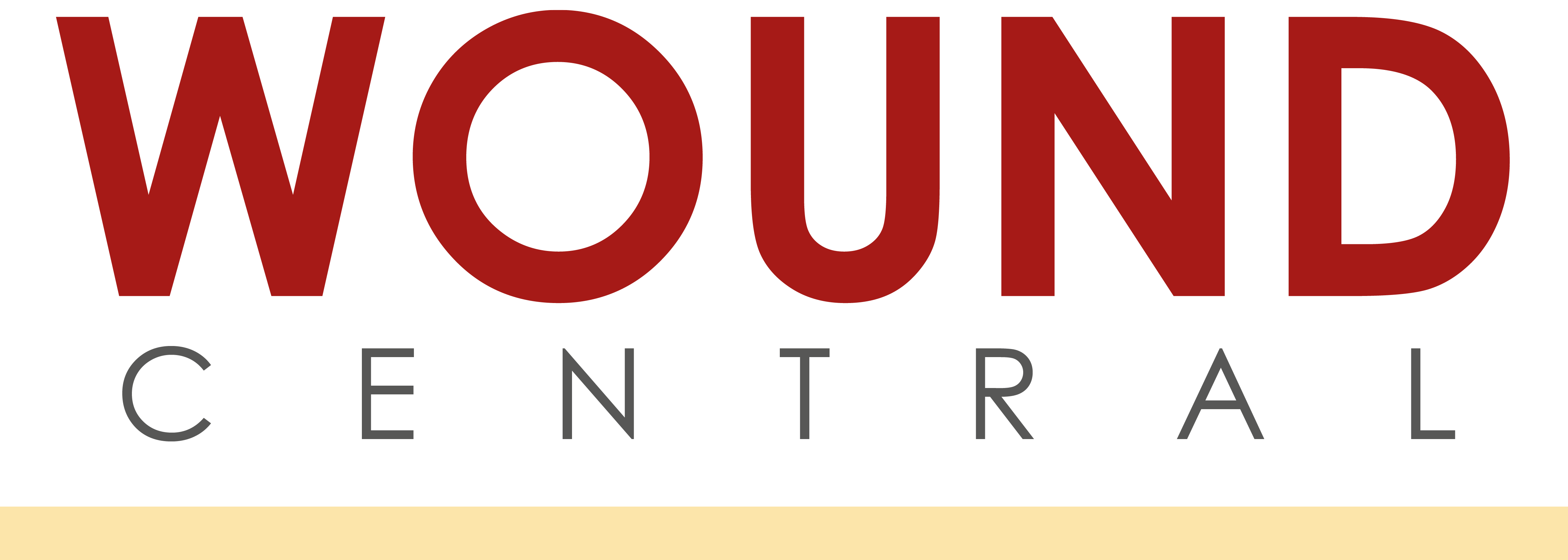References
Early wound bed preparation: irrigation and debridement

Early wound bed preparation is management of the wound to enable endogenous healing or to facilitate advanced treatments. Irrigation and debridement are the standard initial treatments for dealing with hard-to-heal wound infections. Healing by secondary intention is likely in compromised hosts. Operative surgical sharp procedure identifies the dimensions of the infection, and removes necrotic debris and biofilm-forming bacteria. Hydrosurgery and jet lavage low pressure irrigation are standard adjunct debridement technologies. Recent microbiological studies suggest that daily treatment may be an optimal method to create normal physiological wound healing. Outpatient local sharp debridement, pulsatile irrigation, debridement monofilament sponges, low intensity ultrasound and newer technologies enable efficient treatment. This editorial considers the medical evidence regarding these technologies and the potential for clinical benefit.
Surgeons have identified early wound bed preparation as an initial strategy to deal with hard-to-heal wound infections. These infections have not healed after three months, and healing by secondary intention may be the optimal choice.1,2,3 As compared with acute wound healing, hard-to-heal wounds have a pro-inflammatory stimulus. This is related to the presence of biofilm-forming bacteria, necrotic tissue and toxic products of the inflammatory process.4,5 Wound healing has stalled, disrupting progression to cellular proliferation and matrix repair.
Register now to continue reading
Thank you for visiting Wound Central and reading some of our peer-reviewed resources for wound care professionals. To read more, please register today. You’ll enjoy the following great benefits:
What's included
-
Access to clinical or professional articles
-
New content and clinical updates each month

